Electronic Article Surveillance – An EAS guide for retailers
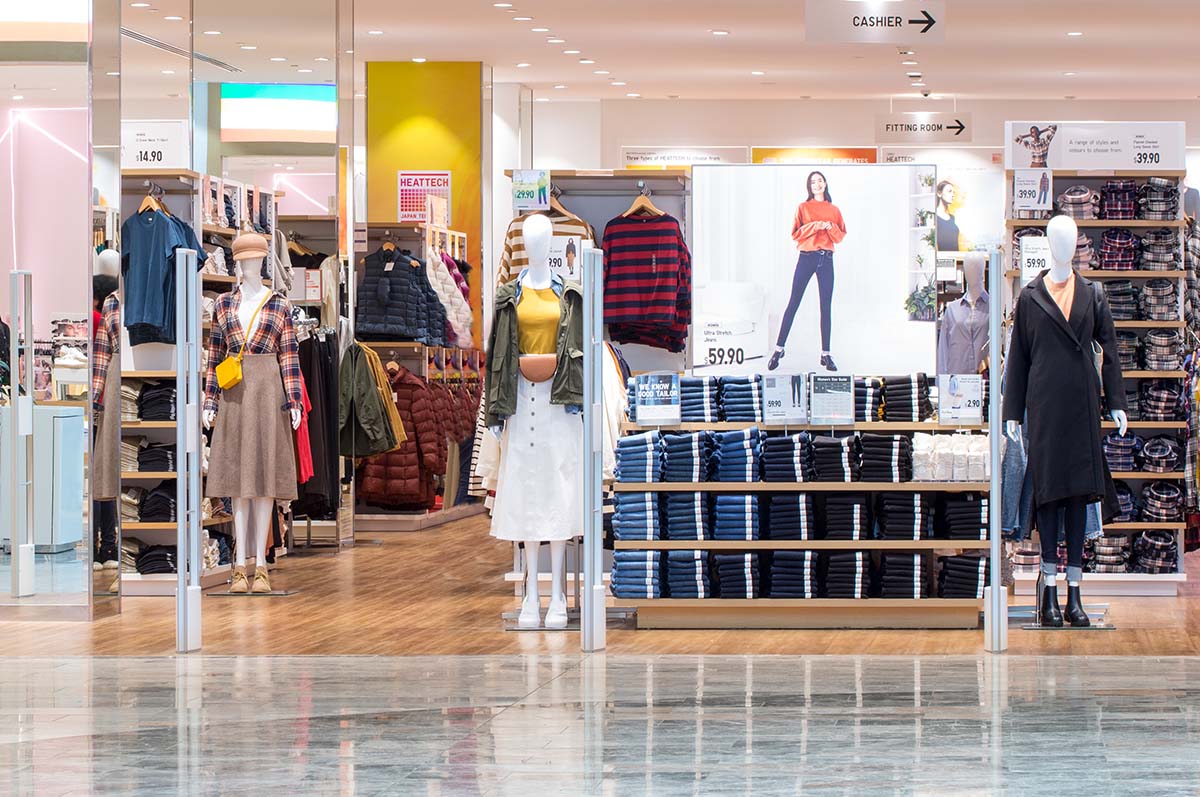
Electronic article surveillance is one of the most trusted tools in the ongoing fight against shoplifting and theft.
A proven method of protecting items at a product-based level, EAS has been evolving since it was first developed in the 1960s and is now used by an estimated 90 per cent of Australian retailers to mitigate retail crime.
But what is it and why is it so effective in combatting theft? Here’s an EAS guide for retailers including a recap of what it is and how it works…
What is EAS?
Electronic article surveillance works on a simple principle; antennas at the store doorways built into pedestals, positioned overhead, around the door or under the floor, guard the entryway to the store.
Security tags or security labels that respond to the signal from the antennas in the doorway are then affixed to the merchandise.
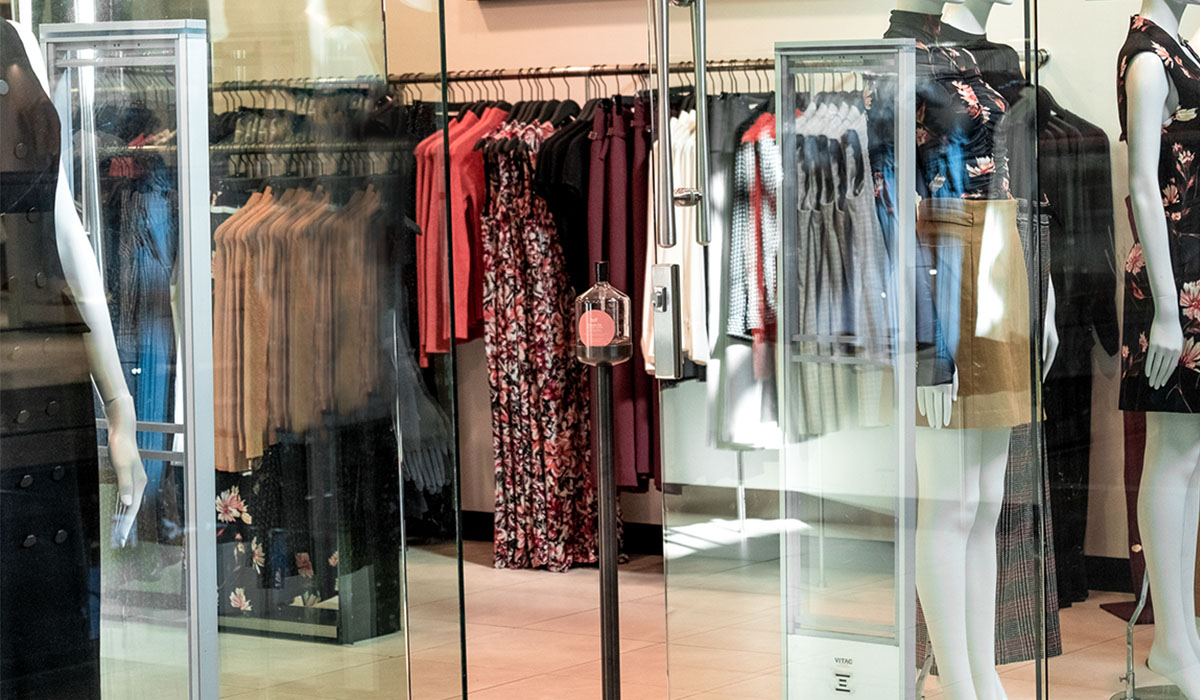
The antennas monitor each tag and label, and should they come into the vicinity of the store entryway without being detached or deactivated, an audible alarm sounds, alerting retail staff to potential theft.
After implementing an EAS system, retailers can expect to enjoy up to an 80 per cent decrease in external theft.
Different systems – AM, RF and RFID
There are three common types of EAS systems; AM (Acousto Magnetic), RF (Radio Frequency) and RFID.
The difference between RF and AM is the frequency at which they operate, which is measured in Hertz.
AM (Acousto Magnetic) systems operate at 58 KHz while common RF systems operate at 8.2MHz – the two systems are not compatible with each other.
Meanwhile, RFID is based on the technology commonly found in microchips and tollway tags. In retail it operates on much higher frequencies – In Australia normally between 918 to 926 MHz.
In retail, RFID potentially fulfils two key purposes. It acts as an EAS system that tracks products via tags and labels, but with added hardware, also has the added benefit of inventory management.
In fact, RFID allows retailers to track products right throughout the supply chain and onto the retail floor, where they can count stock in real-time.
Security tags
Security tags come in a range of shapes and sizes, with some suited to protecting specific products.
Generally, tags are affixed to higher-value items, such as clothing, fashion accessories, electronic games, designer shoes, and high-value sporting goods.
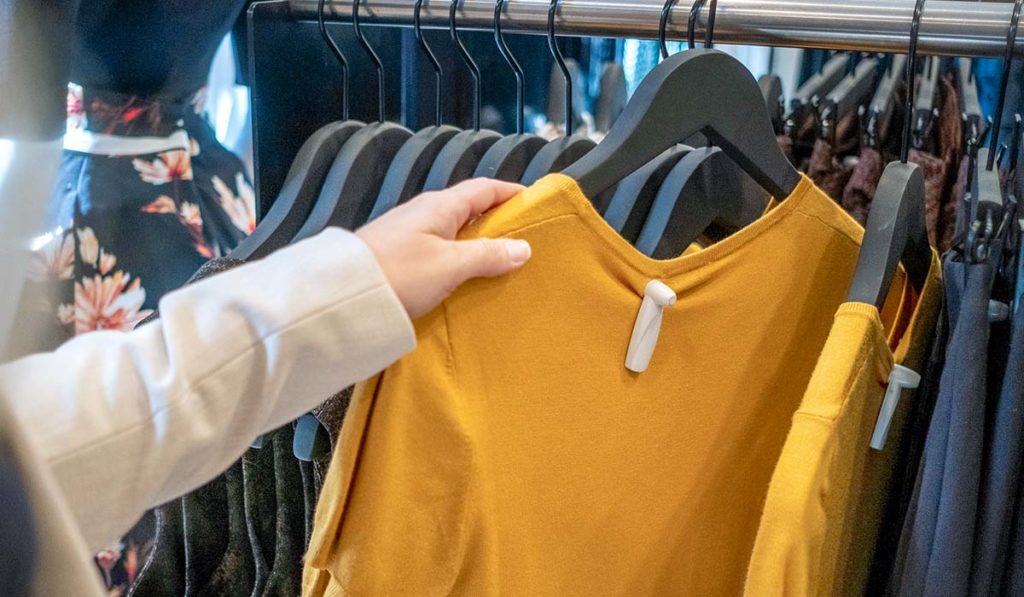
They can be attached directly to the product via a security pin that passes through the product and locks into the tag body, or they can utilise a lanyard, or cable.
There are also specific tags suited to eyewear, alcohol bottles, baby formula, and golf clubs to protect these commonly stolen items.
Tags are removed at the point of sale using a tag detacher, and can be reused.
Security labels
Security labels are generally suited to lower-value items that are sold at high volume.
RF labels are well suited to retailers with high volumes of packaged products that require a flat paper label that can even be printed on.
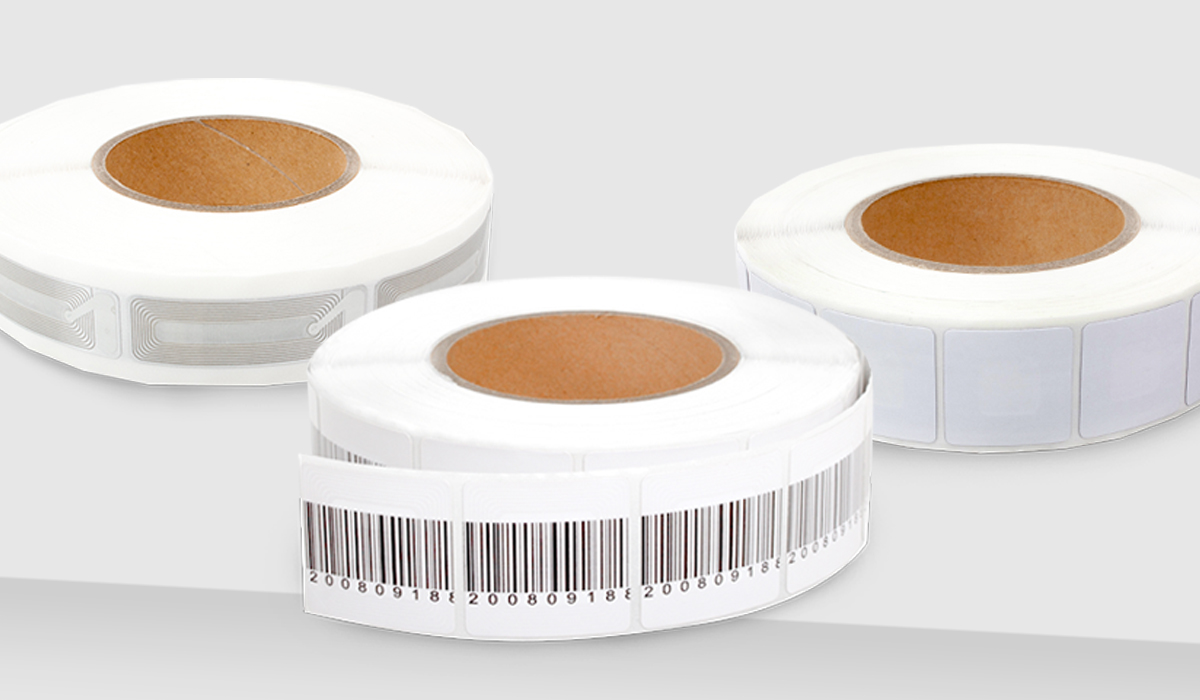
Supermarkets, discount stores, and video stores often favour RF systems, but caution should be applied when using RF labels with metallic or foil products or packaging due to tag detuning and reduced detection.
RF labels are commonly found in:
- Grocery stores
- Video stores
- Book stores
- Discount stores
AM labels offer a slightly raised profile, but the technology provides major benefits when it comes to protecting metallic goods.
AM labels are well-suited to the protection of merchandise with a high metal/foil such as consumer electronics, cosmetics, hardware and pharmaceuticals.
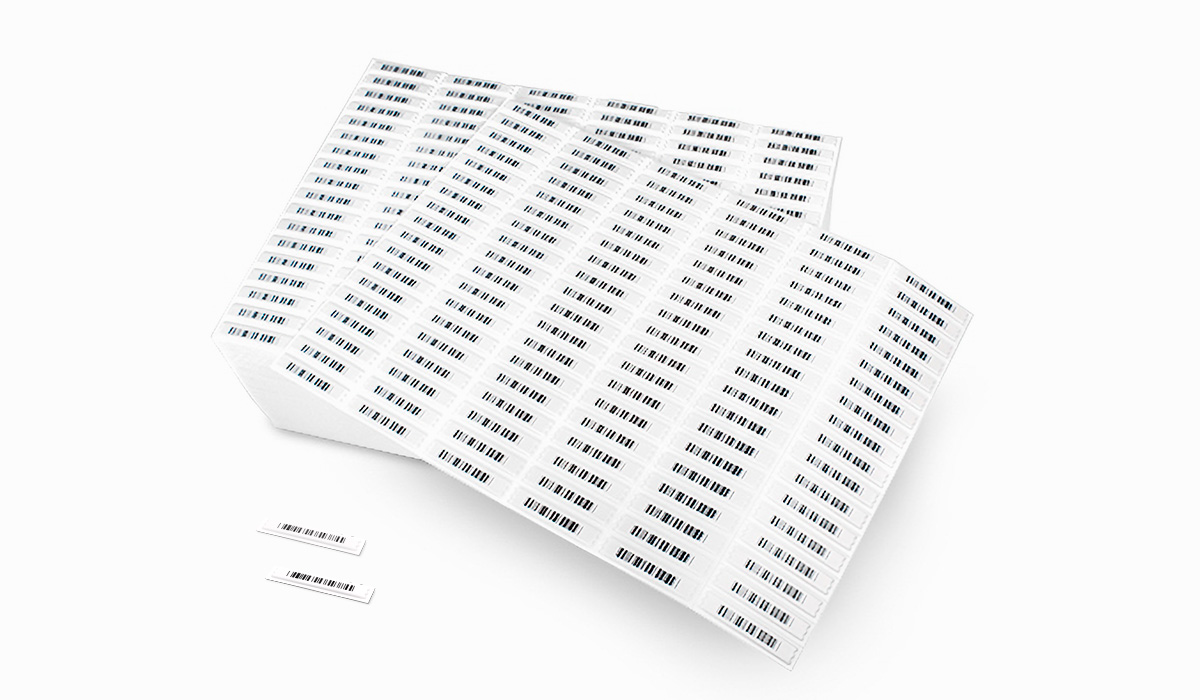
AM labels are commonly found in:
- Pharmacies
- Cosmetic stores
- Electronics retailers
- Hardware outlets
Labels are deactivated rather than detached at the point of sale, using a deactivator that is often positioned next to the barcode scanner to ensure a swift sales transaction.
Labels cannot be reused.
EAS additions
While its main purpose is to protect products in-store, electronic article surveillance has also evolved over the years to cater to a range of further tasks.
Now EAS systems can also be installed into the entryway of a store or positioned overhead, around the door or under the floor to offer a more discreet and aesthetically appealing loss prevention solution known as hidden EAS.
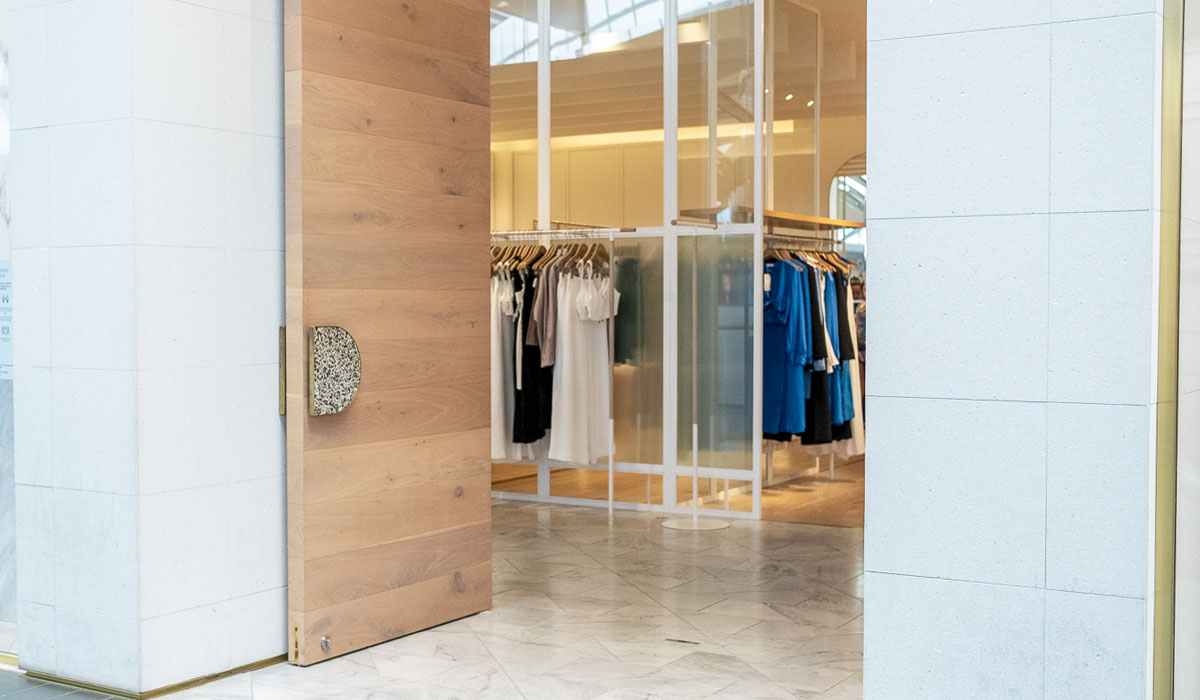
The antenna can also be fitted with additions such as people counting and RFID inventory tracking to offer retailers a great insight into store traffic, product location, and store operations.
Further EAS innovation has now also resulted in EAS solutions for the retail fitting room, where apparel shoplifting commonly occurs.
The EAS Fitting Room Guard monitors tags within a change room, and sets off an alarm should a shoplifter attempt to tamper with the tag.
You can read more about which EAS system might suit your store here, along with new developments like hidden EAS, the Fitting Room Guard, and the different types of security tags and labels available.